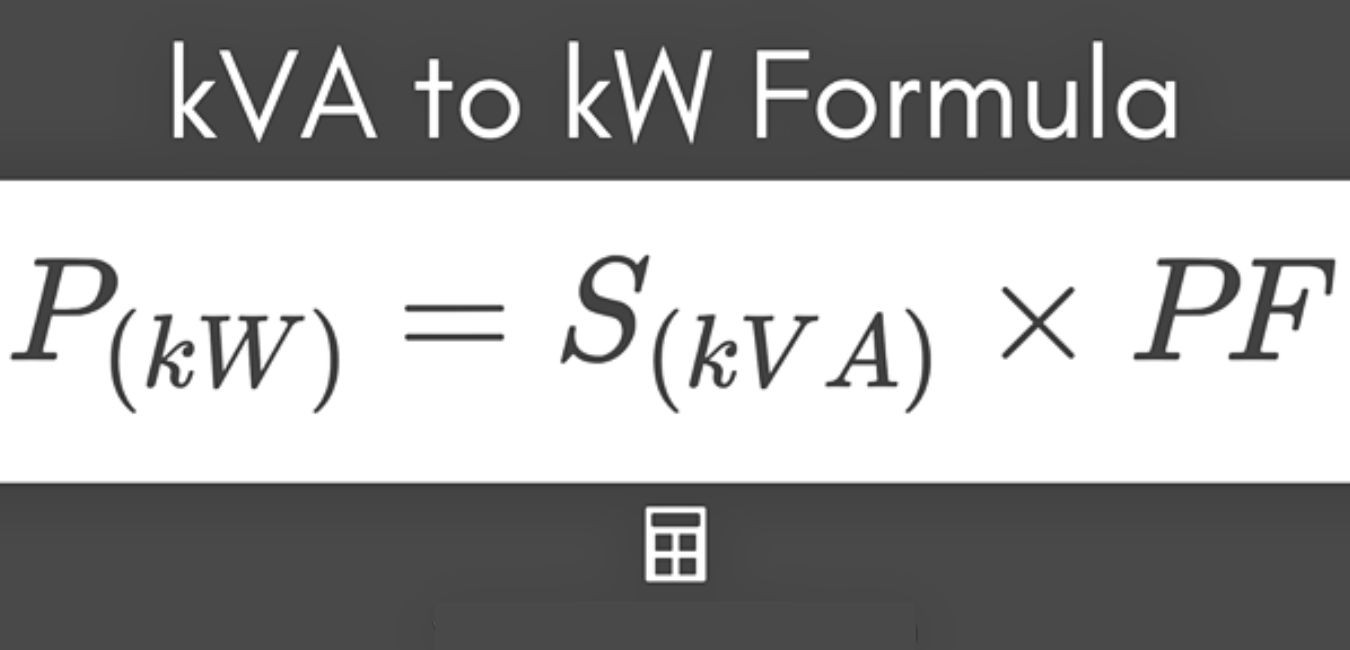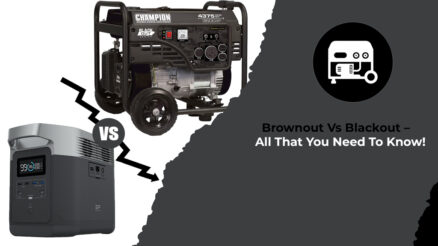Understanding the relation between kVA and kW is essential in the realm of electrical power. While these terms may appear interchangeable, they represent different metrics for measuring power. It is crucial to grasp the nuances between kW and kVA to optimize power consumption effectively.
Kilowatts (kW) refers to real power or active power, which represents the actual power consumed or produced by a device or system. kW takes into account the magnitude and phase angle between voltage and current. In contrast, kilovolt amperes (kVA) represent apparent power, which comprises both real power (kW) and reactive power (kVAR).
Distinguishing between kW and kVA is crucial for efficient energy management and proper equipment sizing. By accurately assessing the power requirements of a system, engineers can select the appropriate equipment, prevent issues such as overloading and voltage drops, and minimize unnecessary power losses.
In this article, we will delve deeper into the distinctions between kW and kVA, their significance in various applications, and what kVA is in the generator. Understanding these power metrics empowers professionals to make informed decisions, optimize power utilization, and build more reliable and efficient electrical systems.
First of All, What are kW and kVA?
Kilowatts (kW) represent real power or active power. It measures the actual power consumed or produced by a device or system, accounting for both magnitude and phase angle between voltage and current. Kilowatts determine the usable power that performs useful work, such as driving motors or generating heat.

Kilovolt-amperes (kVA), on the other hand, represent apparent power, combining both real power (kW) and reactive power (kVAR). Reactive power is the power consumed by inductive or capacitive loads necessary for proper equipment functioning.
Understanding the definitions of kW and kVA is fundamental in differentiating the two-power metrics and their respective roles in electrical systems.
Differences Between kW and kVA
| DISTINGUISHING FACTORS | KW | KVA |
| Stands For | Kilo-Watt | Kilo-Volt Ampere |
| Definition | A kW is a measurement of the amount of active energy consumed by an electrical load. | kVA is a measure of how much power a source (e.g., generator) delivers to a load |
| Description | In DC circuits, kW measures the average power, while it is used in AC circuits to measure the active (or real) power. | The apparent power of an AC circuit is measured in kVA. |
| AC or DC | Used in both AC and DC circuits. | Used only in AC circuits. |
| Dependency on Power Factor | There is a direct relationship between kW and power factor at load. | It does not matter what the power factor of the load is when it comes to kVA. |
| Formula | kW = 1000 x V x A x pf | kVA = 1000 x V x A |
| Uses | Motors, electric heaters, irons, lamps, and other electrical load devices are rated in kW. | An electrical source device, such as a generator (read here: how a generator works), alternator, inverter, UPS, or similar device, has a rating in kVA. |
What are Single-Phase and Three Phase kVA?
Single-phase kVA refers to the apparent power in a single-phase electrical system. It represents the total power required for devices that operate on a single phase, typically found in residential and small commercial applications. Single-phase kVA is calculated by multiplying the voltage (V) by the current (A) and dividing it by 1,000.
On the other hand, three-phase kVA refers to the apparent power in a three-phase electrical system. It represents the total power required for devices that operate in three phases, commonly used in industrial and commercial applications. Three-phase kVA is calculated by multiplying the voltage (V) by the current (A) and dividing it by the square root of 3.
What are Single-Phase and Three Phase kW?
Single-phase kW represents the real power or active power in a single-phase electrical system. It signifies the actual power consumed or produced by devices operating on a single phase, commonly found in residential and small commercial applications. Single phase kW is calculated by multiplying the voltage (V) by the current (A) by the Power Factor and dividing by 1,000.
Conversely, three-phase kW represents the real power or active power in a three-phase electrical system. It signifies the actual power consumed or produced by devices operating in three phases, typically used in industrial and commercial applications. Three-phase kW is calculated by multiplying the voltage (V) by the current (A) by the Power Factor by the square root of 3 and dividing by 1,000.
Converting kVA to kW and Vice Versa
Converting between kilovolt-amperes (kVA) and kilowatts (kW) is essential for accurately understanding and managing power requirements. The kVA to kw formula differs depending on the power factor of the system.

For devices with a known power factor, the conversion is straightforward. Multiply the apparent power in kVA by the power factor to obtain the real power in kW. However, for systems with an unknown power factor, determining the conversion requires additional information such as voltage and current measurements.
Make sure to measure or estimate the power factor accurately to ensure precise conversion between kVA and kW, proper equipment sizing, and effective energy utilization.
Differentiating Between kW and KVA – FAQs
Conclusion
In conclusion, understanding the differences between kilowatts (kW) and kilovolt-amperes (kVA) is crucial for anyone working with electrical systems. kW represents real power or active power, measuring the actual usable power consumed or produced by a device.
On the other hand, kVA represents apparent power, encompassing both real power and reactive power. Differentiating between kW and kVA allows for accurate power assessment, proper equipment sizing, and efficient energy management.
By grasping these power metrics, you can make informed decisions, optimize power utilization, and build reliable and efficient electrical systems that meet the specific requirements of various applications.






